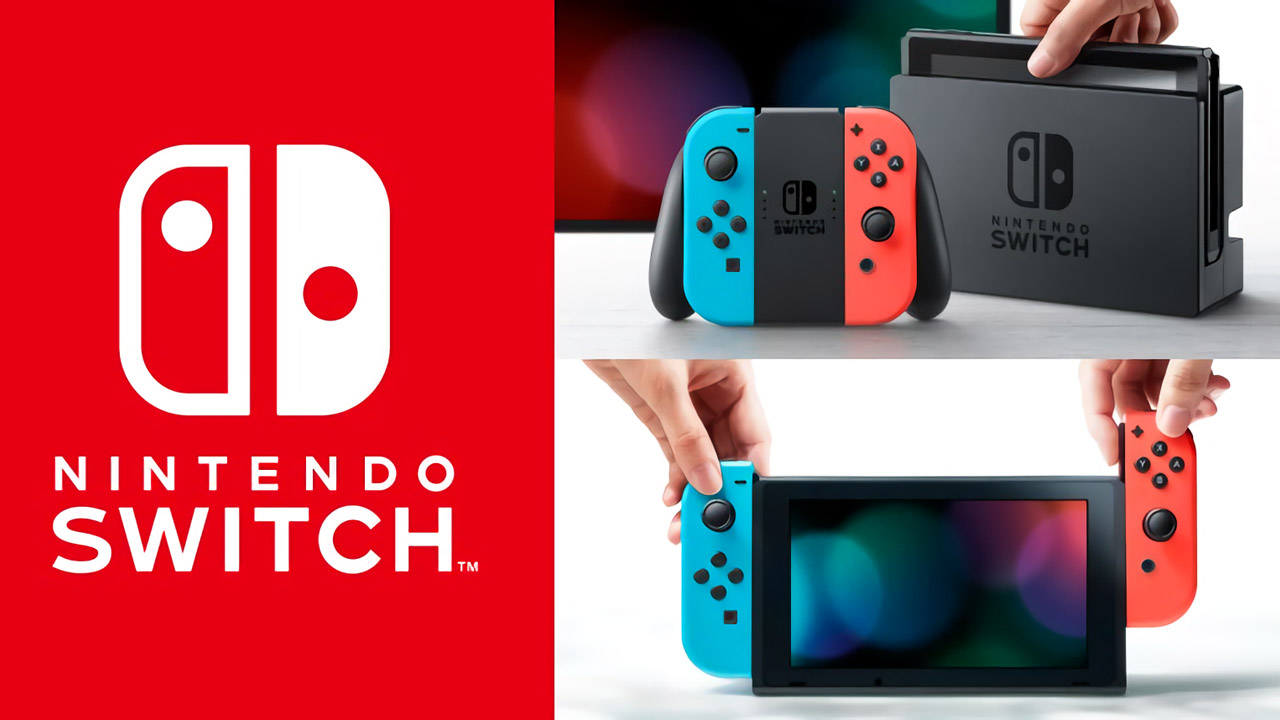For the past decade at least, I’ve been a “gamer” in so much as I always play the new Zelda and Mario games when they are released, but that’s pretty much it. So the release of a new AAA game in either of those franchises is a pretty seismic event as far as I’m concerned.
This January, Nintendo announced the release of a new, long-in-development Zelda title, as well as the simultaneous release of a new console, the Nintendo Switch. The Zelda game would be released for both the (then) current-generation console, the Wii U, and the Switch on the same day.
Nintendo did this previously, with Twilight Princess, releasing it for both the GameCube and the Wii simultaneously. I believe that in both cases, the game was intended to release on the current console (the GameCube and Wii U, respectively), but development of the game took so long that they ended up porting it over to the new console as well.
Last time this happened, I purchased the GameCube version, as I didn’t yet own a Wii. I normally wait until the price drops at least once before buying each new Nintendo console. The only problem with that practice is that I inevitably end up re-buying the game on the newer system eventually, as I did with Twilight Princess (I actually wound up buying it a third time, when the HD version was released for the Wii U)..
So this time, I figured I’d go all-in. I sold my old Wii and Wii U, and all associated games and accessories for each. I did this before Christmas in anticipation of the Switch, figuring I’d get better prices selling them during the holiday gift-buying season versus afterward. For the first time since I was approximately six years old, I owned no Nintendo systems or games. Dark times.

The Switch itself is a sort of hybrid console/portable system. It’s not quite as portable as a true handheld, like the various GameBoy and DS iterations over the years: the battery only lasts for about three hours, it’s too big to fit comfortably in a pocket, and the Joy Con™ do not have the flattened buttons of a 3DS, and there’s no clamshell to protect the buttons/screen, like the Gameboy Advance SP (my personal vote for Greatest Handheld of All Time) and every handheld Nintendo has released thereafter. You’re going to need to bring a case if you’re travelling with this thing.
I don’t think the fact that it’s not a real “handheld” is necessarily a negative, however. I don’t think it’s a mistake. I think what Nintendo has done is very intentionally nudged the system toward the center of the spectrum between “home console” and “handheld,” into a middle ground I’d call “portable console.”
I believe this is a signal that Nintendo is giving up the ghost on the handheld market. They’ve begun to release flagship games for the major smartphone platforms (Pokemon Go and Super Mario Run being their first efforts in this direction). I’d guess that their strategy going forward is to continue making games for iOS and Android and then just have this hybrid portable console but I don’t expect to see any more true handhelds from them.
The Switch is portable in the sense that you can slip it in your bag if you commute on the bus or the train, or bring it on a long car trip. Nintendo is not expecting this to come with you every time you leave the house, like a GameBoy. Smartphones have already claimed that pocket space, a fact Nintendo seems ready to finally accept.
What the Switch does do really well, is enable the scenario that Nintendo first floated with the Wii U’s GamePad, which is to free up the TV so that you can play games at home without hogging the entire living room. This worked with the Wii U as well, but it was a sort of half-measure, since only certain games supported playing solely on the GamePad, and you had to be within about ten feet of the console or else the video signal would be lost, since the Wii U’s GamePad was just a “dumb terminal,” and all the actual game processing was still done on the main unit even when playing on just the GamePad.
Even if you don’t take the Switch with you when you leave the house, it’s still freeing to be able to take it anywhere you want in the house, while freeing up the TV so family members can watch what they want. If you get a second dock, you can quickly move it between TVs if you have multiple, obviating the need to own a second system (this is why I felt it was okay to sell both my Wii and Wii U, which were in different rooms). Unlike the Wii U, this is also a system-level capability, so there’s no need for games to support playing in handheld mode on a case-by-case basis. It just works, for every game, all the time.
